GFAS joins Million Cat Challenge
The City of Great Falls Animal Shelter is one of thousands of shelters across the country working to end euthanasia of healthy feral cats. We recently began working on the 5 key initiatives set forth by the Million Cat Challenge.
"The Million Cat Challenge launched in 2014 as a shelter-based campaign to save the lives of one million cats in North America over five years. When the more than 1,000 participating animal shelters across North America reached and exceeded that goal a full year early, an even bolder goal was conceived: #allthecats.
#allthecats means finding the right outcome for every cat who comes to a shelter, even if that “outcome” is never being admitted at all. It means building the community safety net so that many cats and kittens can get the care they need right where they are. It means providing sufficient space and humane care in the shelter so the cats that do come can be moved quickly and safely to the best possible result: Lost cats go back to their families, cats who have lost their homes are placed in new ones, and cats who are thriving in the community are spayed or neutered and returned to their outdoor home if possible, or placed in a working home if not. And it means that for cats whose suffering can’t be remedied any other way, euthanasia will be available with the most kindness and comfort that can possibly be provided.
This life-saving campaign is a joint project of the UC Davis Koret Shelter Medicine Program and the Maddie’s Shelter Medicine Program at the University of Florida, led by Drs. Kate Hurley and Julie Levy. It is supported by the generosity of Maddie's Fund."
Here are the 5 key initiative for this life-saving project and what GFAS has done so far:
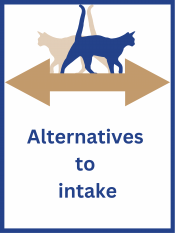
Million Cat Challenge Initiative 1: Provide positive alternatives to keep cats in the home or community when admission to a shelter is not the best choice.
What GFAS has done: We offer a food pantry that is free to the community in order to help owners keep their animals in their home. We have a cat specialist on staff that is available to counsel owners on ways to curb unwanted behaviors.
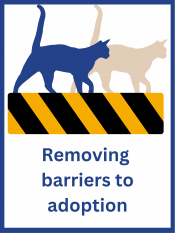
Million Cat Challenge Initiative 2: Expand the pool of adopters by removing barriers to adoption such as cost, process, or location.
What GFAS has done: We have simplified the adoption application process removing barriers to the adoption process. We actively work to find funding sources that allow us to offer low/no cost adoptions as often as possible.
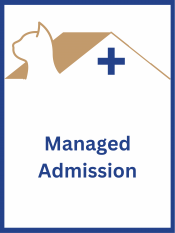
Million Cat Challenge Initiative 3: Schedule intake of cats to match the shelter’s ability to assure humane care and safe movement through the shelter system to an appropriate outcome for every cat.
What GFAS has done: We are in the initial phases of this initiative. We have taken the first step which is to reduce intake by no longer accepting cats in traps. While this is only the first step, it will allow us to get a handle on our intake so we can move towards a more managed intake approach.
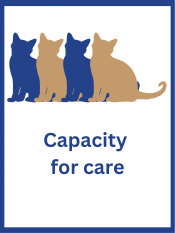
Million Cat Challenge Initiative 4: Match the number of cats cared for at any one time with the capacity required to support the Five Freedoms of Animal Welfare for all cats in the shelter.
What GFAS has done: We provide all animals with fresh water and a healthy diet. We provide them with as many comforts as we safely can including a bed and blanket. Our staff does an basic examination on intake (when safe to do so) and seeks out vet recommendations or treatment when needed. Every shelter animal gets an examination by our veterinarian.
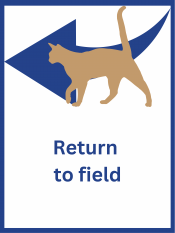
Million Cat Challenge Initiative 5: Sterilize, vaccinate, and return healthy un-owned shelter cats to the location of origin as an alternative to euthanasia.
What GFAS has done: This is the most challenging goal to reach and we cannot reach this goal until we successfully manage the other areas. We can’t do everything all at once, so we are taking small steps to achieve successful and sustainable outcomes for the community with the resources we have. This initiative is a huge undertaking that will require collaboration with welfare partners and the community. It will also require a large amount of resources including veterinary staff, space, and money. While this is a dream goal for the future, it is not one that we are able to tackle yet.
